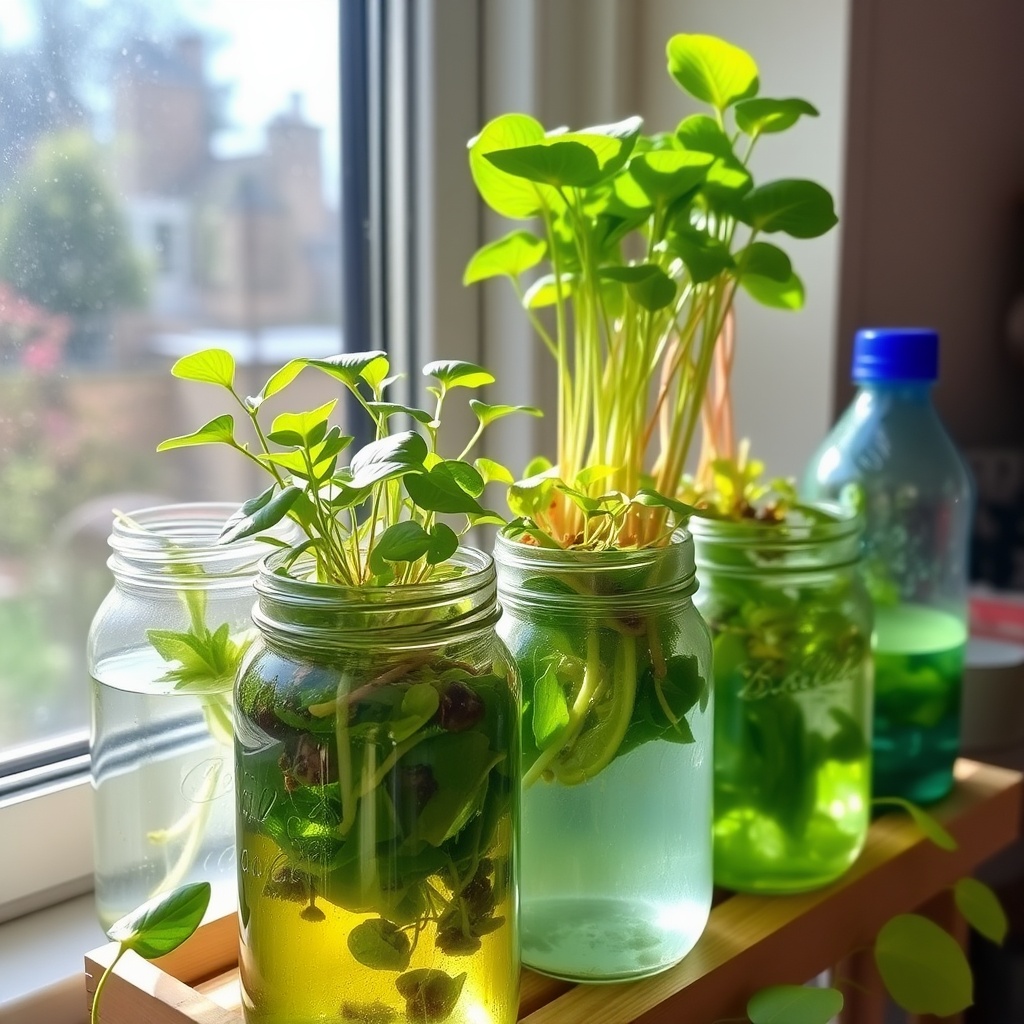Unleashing Creativity: The Art of Upcycling

In a world where sustainability is becoming increasingly vital, the concept of upcycling has emerged as a beacon of hope for both the environment and our lifestyles. Upcycling is about taking items that might otherwise be discarded and transforming them into something new and useful. In the realm of hydroponic gardening, upcycling household items offers an innovative way to grow plants without soil while reducing waste. Let’s explore how you can turn everyday objects into a thriving hydroponic garden.
Repurposing Common Household Items

Imagine walking through your home and seeing potential gardening solutions in every corner. From plastic bottles to old lamps, there are numerous items that can be repurposed for hydroponic gardening. Here are some popular household items that can be easily transformed:
- Plastic Bottles: Cut them in half to create self-watering planters.
- Glass Jars: Perfect for growing herbs and small plants.
- Old Tupperware: Use as a reservoir for nutrient solution.
- Milk Cartons: Their sturdy structure is great for seedlings.
- Wooden Crates: Ideal for larger hydroponic setups.
Each of these items not only serves a functional purpose but also adds a unique aesthetic to your gardening space. By creatively reimagining these objects, you are not only saving money but also contributing to a sustainable lifestyle.
Building Your Hydroponic System: Step-by-Step Guide
Creating a hydroponic system from upcycled materials is not only fulfilling but also an exciting project that anyone can undertake. Here’s a simple step-by-step guide to help you get started:
- Gather Materials: Collect the household items you’ve identified as potential planters or reservoirs.
- Prepare the Containers: Clean and, if necessary, modify the items to accommodate your plants.
- Add Growing Medium: Fill your containers with hydroponic growing mediums like clay pellets or rock wool.
- Set Up Nutrient Solution: Mix your nutrient solution according to the instructions and fill your reservoirs.
- Plant Your Seeds: Sow your seeds or transplant seedlings into the containers.
- Monitor and Adjust: Regularly check the water levels and nutrient concentration, adjusting as necessary.
This process not only empowers you to create a sustainable gardening solution but also fosters a deep connection with the plants you nurture.




